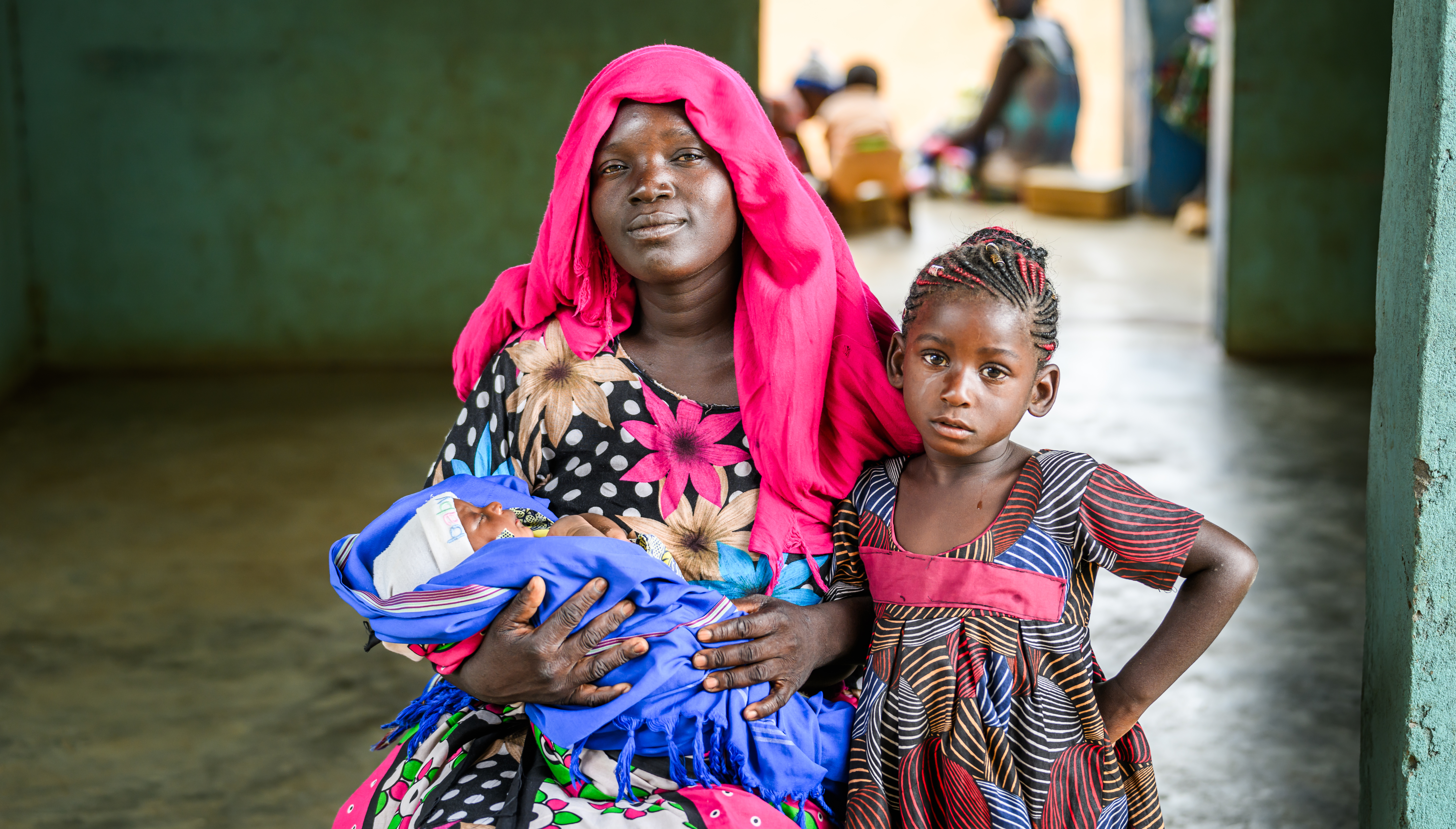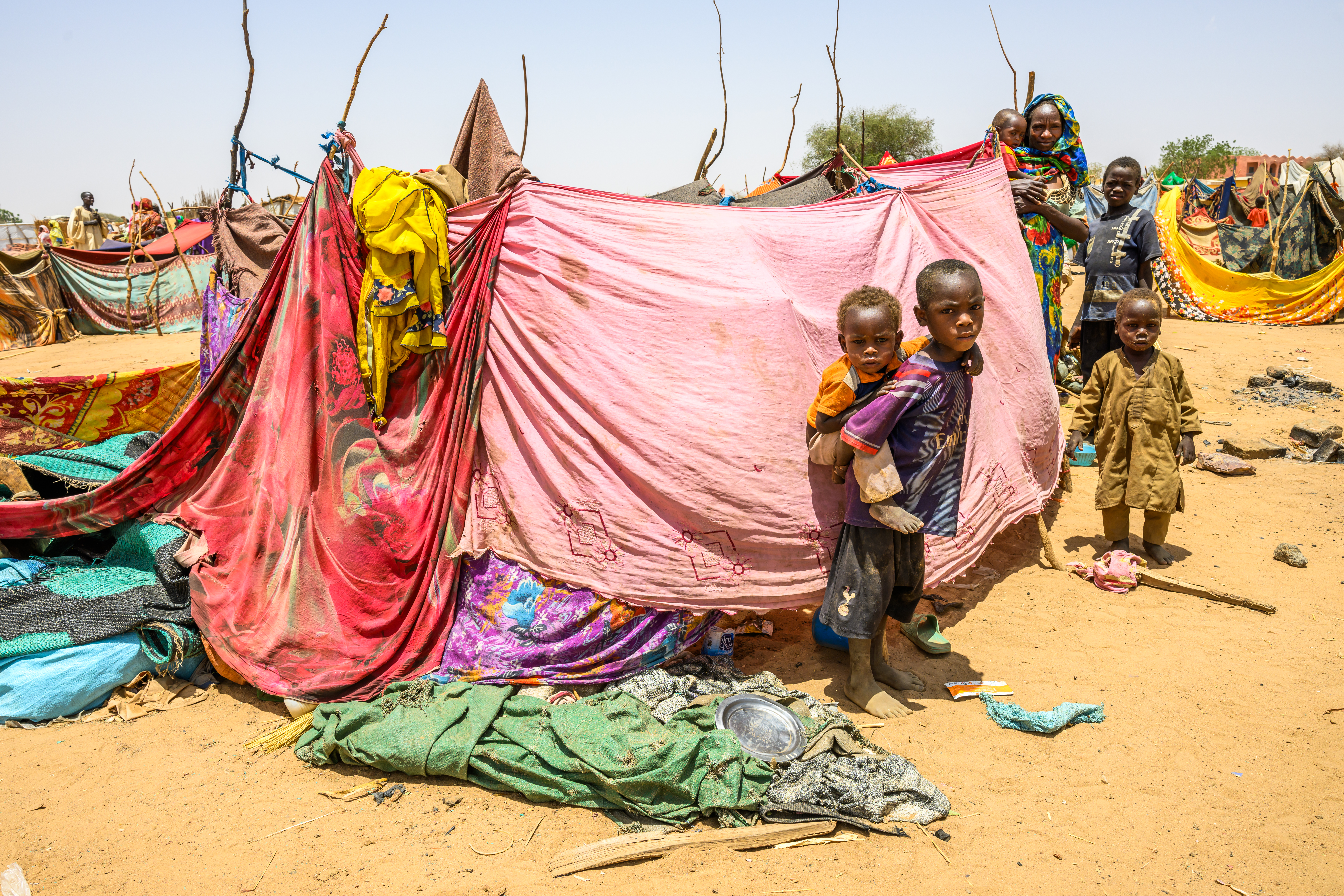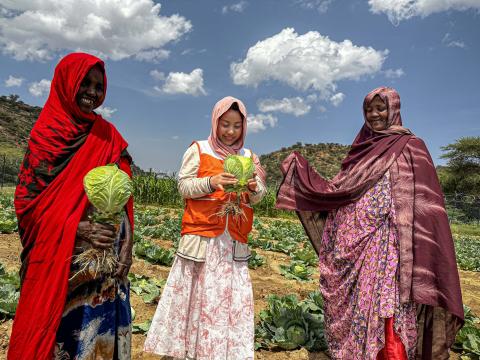
A Livable Planet Begins with Children: Reflections from the World Bank Annual Meetings
After the World Bank Group–IMF Annual Meetings in October, Sini Maria Heikkilä reflects on why investing in children is the smartest path toward growth, jobs and a more resilient planet and why despite the challenges, she left the meetings feeling more optimistic than discouraged.
18 November 2025.
On the bustling corridors of the World Bank Headquarters and packed meeting rooms with some of the most powerful policy makers and development finance leads, World Vision’s delegation focused on advocating strong focus on children at the heart of IDA21 and the Bank’s broader portfolio. Amid numerous conversations on fragility, job creation and resilience, one truth grew increasingly clear: Sustainable progress begins with investments in children.
From Pledges to Action: IDA21’s Opportunity
The World Bank’s International Development Association (IDA) remains a cornerstone of support for the world’s poorest nations and deserves unwavering support. The near-$100 billion pledged for IDA21 signals a renewed sense of global commitment and a rare glimmer of hope at a moment of uncertainty. The next step is crucial: the donors to transfer the pledged funds to the Bank to turn these pledges into tangible outcomes for communities in low- income countries.

As part of World Vision’s meetings, we encouraged the World Bank to prioritise children, especially the most vulnerable children in situations of fragility, conflict extreme poverty and displacement as part of the IDA implementation. Our analysis shows that only 7% of IDA’s total portfolio in 2023 was child-related. Governments and partners can seize the moment to ensure the next phase of IDA implementation places strong emphasis on country-level action for children through investments in education, protection, health and nutrition. These investments are not peripheral, they are the building blocks of long-term productivity and job creation.
By 2030, as many as two-thirds of the world’s extreme poor may live in fragile and conflict-affected settings. Since IDA18, the share of IDA support to FCS (Fragile and Conflict Situations) has grown by nearly one third which is promising. Ensuring access to essential and transformative services for children in the fragile and conflict-affected contexts should be a key priority for the implementation of IDA21. The forthcoming Fragility, Conflict and Violence (FCV) Strategy offers another important opening for the World Bank to reaffirm its engagement where it is needed most.
Investing in Children: The Smartest Job Strategy
Ajay Banga’s call to address the “great demographic shift of our time” reflects a growing recognition that the next decade will define our collective future. Over the next decade, 1.2 billion young people will reach working age in developing countries. Another 1.3 billion in the following decade. Therefore, how we invest in children now and in the next 10 years is critical to the Bank's Jobs Agenda and foundational for inclusive economic growth.
I was encouraged to hear from the Bank President in his plenary speech that the Bank is “doubling down” on education and health, a strong affirmation that human capital remains central to sustainable growth. Nurturing talent, protecting childhoods and strengthening health systems are not acts of charity, they are strategies for resilience and prosperity.

WV13119314/Chad/2024
Partnerships: The Engine of Sustainable Change
At the meetings, I heard a clear eagerness to forge partnerships across sectors and actors that can accelerate the delivery of development outcomes. Encouragingly, the Bank’s evolving Country Engagement Approach seems to signal greater collaboration with civil society. Civil society organisations (CSOs), particularly those rooted in local realities, bring a depth of understanding that complements the Bank’s global reach. By strengthening citizen-led social accountability and integrating community and CSO voices into the design, implementation and monitoring of Country Partnership Frameworks (CPFs) and the annual business planning processes, governments and the World Bank can ensure that the CPFs respond to the greatest needs of children and their families and communities.
A Call to Invest in the Future
What emerged from Washington for World Vision were strong discussions and growing interest in collaboration to shape a future where children are increasingly placed at the centre. In these challenging times – marked by debt crises, growing conflicts and shrinking development finance – the Bank’s role in advancing child wellbeing has never been more vital. Whether through IDA21, the implementation of the FCV strategy, or the Bank’s broader job creation agenda, investing in children’s health, education, nutrition and protection is essential to achieving its mission of ending poverty on a livable planet. Because the path to a liveable planet runs through classrooms, clinics and communities where every child can dream, learn and thrive.
Sini Maria manages World Vision’s global relationship with the World Bank, advocating for a strong focus on children in the World Bank strategies, policies and financing. With nearly 15 years in multilateral advocacy, she has influenced G7, UN and EU commitments and remains a strong voice for collective action to advance child wellbeing worldwide.


